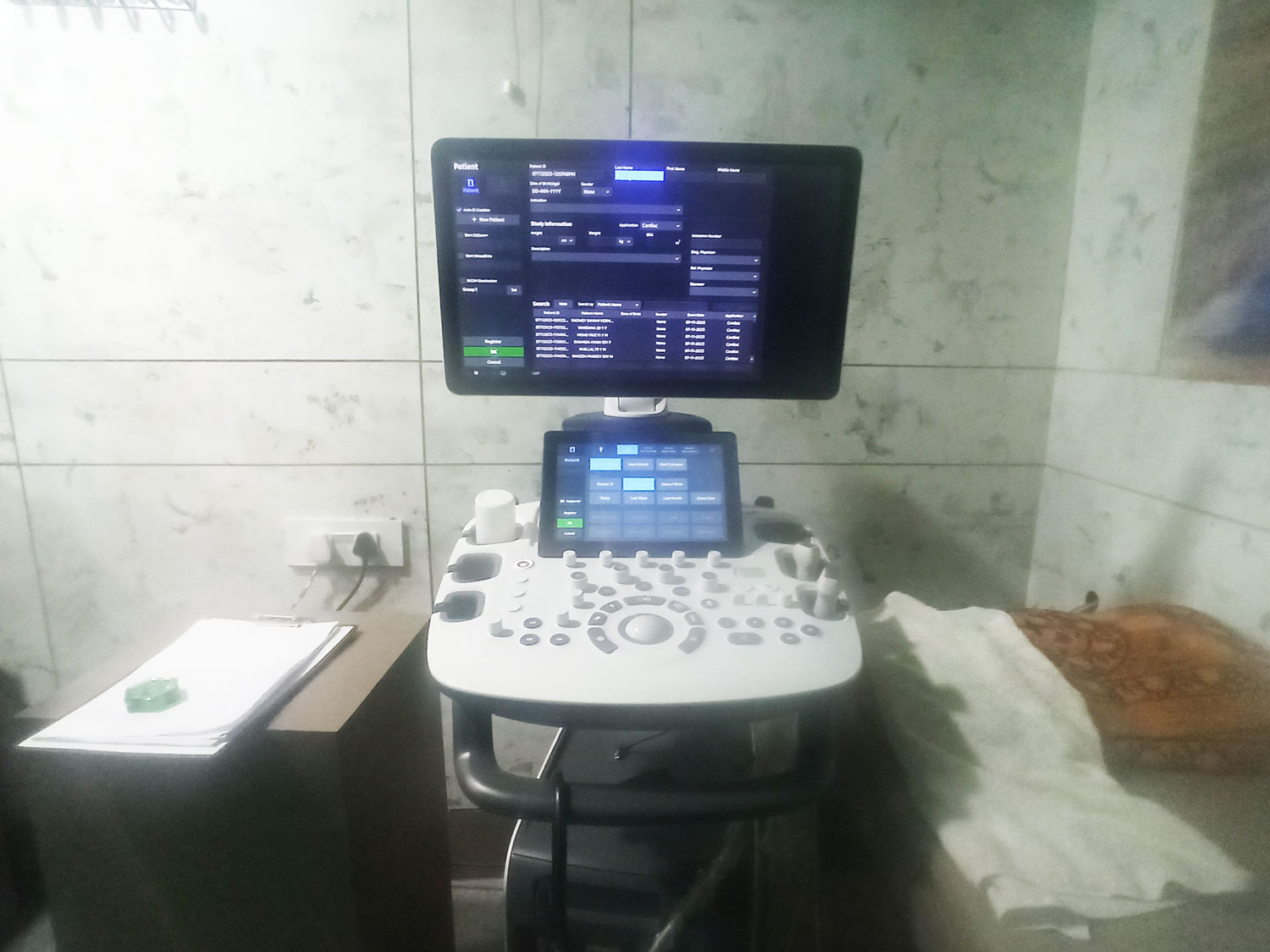A 2D echocardiogram, often referred to as a 2D echo, is a medical imaging test that uses ultrasound technology to create detailed images of the heart in two dimensions. It is a non-invasive and safe procedure that provides valuable information about the structure and function of the heart.
Here's how it works and what it is used for:
-
Ultrasound Technology: During a 2D echo, a transducer (a handheld device) emits high-frequency sound waves that bounce off the various structures of the heart. These sound waves create echoes, which are then captured by the transducer and converted into real-time images of the heart on a computer screen.
-
Detailed Images: The term "2D" refers to the two-dimensional images that are produced, showing the heart from different angles. These images provide information about the size, shape, and movement of the heart's chambers, valves, and blood vessels.
-
Diagnosis and Monitoring: 2D echocardiograms are essential for diagnosing various heart conditions, including heart failure, cardiomyopathy, congenital heart defects, and more. They can also be used to monitor the progression of heart diseases and the effectiveness of treatment.
-
Doppler Ultrasound: In addition to 2D imaging, a Doppler ultrasound can be added to evaluate blood flow through the heart and blood vessels. This is often referred to as a Doppler echocardiogram and provides information about the direction and velocity of blood flow.
2D echocardiography is a widely used tool in cardiology due to its non-invasive nature, high diagnostic accuracy, and ability to provide real-time information about the heart's function. It is often performed in a clinical setting by trained technicians and interpreted by cardiologists. The results of a 2D echo can help guide treatment decisions and provide valuable insights into a patient's cardiovascular health.

